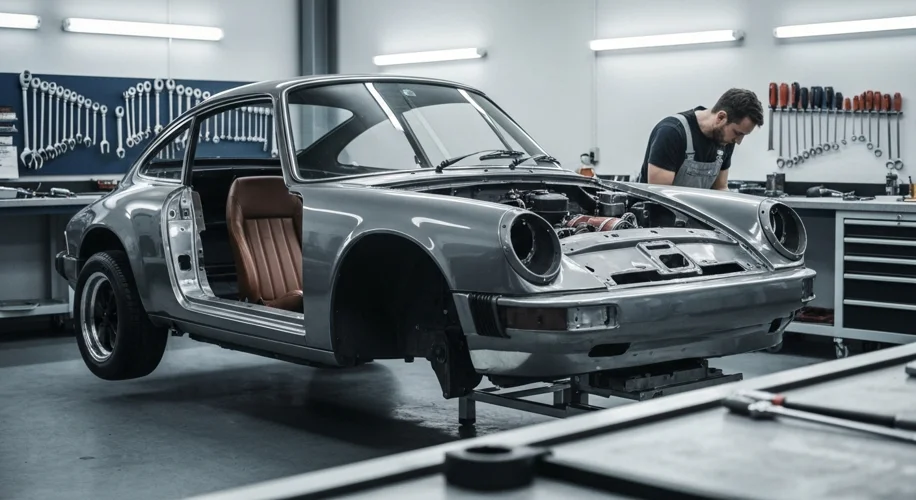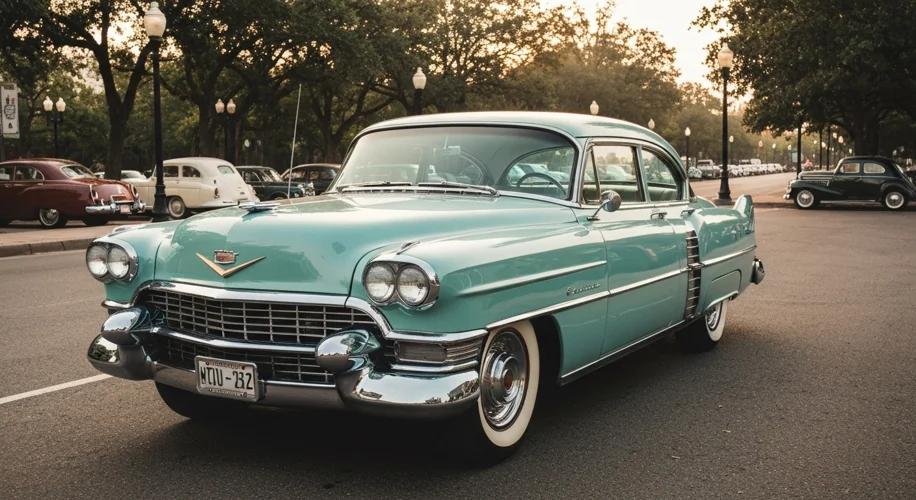The year is 1967. The air crackles with the promise of a new era, and in Stuttgart, Germany, a legend is born: the Porsche 911. With its unmistakable silhouette, air-cooled flat-six engine, and a driving experience that spoke directly to the soul, the 911 quickly cemented its place in automotive history. Fast forward to today, and these vintage Porsches are not just relics of the past; they are canvases for a passionate movement known as ‘restomodding’.
Restomodding, a portmanteau of ‘restoration’ and ‘modification’, is more than just a trend; it’s a philosophy. It’s about honoring the spirit of iconic vehicles while infusing them with the precision, power, and creature comforts of modern technology. For enthusiasts, it’s a way to experience the raw, visceral thrill of a classic car, but with the reliability and performance that modern engineering can provide.
At the heart of this phenomenon are the artisans and workshops dedicated to this intricate craft. Take, for instance, Singer Vehicle Design, a company that has become synonymous with the ultimate Porsche restomods. They don’t just rebuild vintage 911s; they reimagine them. Starting with the chassis of a classic 964-generation 911, Singer meticulously strips it down, then rebuilds it with bespoke bodywork, often crafted from lightweight carbon fiber, echoing the iconic long-hood designs of earlier models. The interiors are equally transformed, blending classic aesthetics with modern amenities like air conditioning, advanced infotainment systems, and meticulously reupholstered seating.

The mechanical heart of these restomods is often where the most significant transformations occur. While preserving the air-cooled character that enthusiasts cherish, modern engineering injects a surge of power and reliability. Engines are often bespoke creations, built from scratch or heavily upgraded versions of the original units. Think of a 4.0-liter, naturally aspirated flat-six engine, capable of producing over 500 horsepower, a far cry from the 130 horsepower of the original 1960s 911. Gearboxes might be modernized for smoother shifts, and suspension systems are frequently upgraded with adjustable coilovers and modern braking systems to handle the increased performance.
One of the most captivating aspects of restomodding is the sheer dedication to detail. Every component, from the smallest screw to the largest panel, is scrutinized. Owners often have a hand in specifying every aspect of their car, collaborating with builders to create a truly personalized masterpiece. This could mean choosing a specific shade of paint, selecting interior materials, or even commissioning unique mechanical enhancements. The result is a vehicle that is both a stunning work of art and a thrillingly capable machine.
The impact of the restomod movement extends beyond the garages of its creators. It has breathed new life into automotive history, attracting a new generation of enthusiasts to classic cars. It highlights the enduring appeal of analog driving experiences in an increasingly digital world. Furthermore, it challenges traditional notions of restoration, pushing the boundaries of what’s possible when passion meets precision engineering.
However, this level of craftsmanship comes at a significant cost. A Singer-spec Porsche, for example, can easily fetch upwards of $800,000, a testament to the labor, expertise, and bespoke components involved. This exclusivity places these vehicles in the realm of collector’s items, far removed from the everyday driver.
Yet, the allure remains undeniable. The Porsche restomod phenomenon is a celebration of automotive heritage, a testament to human ingenuity, and a powerful reminder that the echoes of the past can, with the right touch, resonate with astonishing clarity and power in the present. These are not just cars; they are rolling sculptures, each one a unique story of preservation, innovation, and a deep, abiding love for the automobile.

